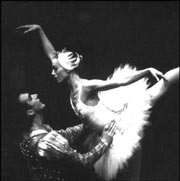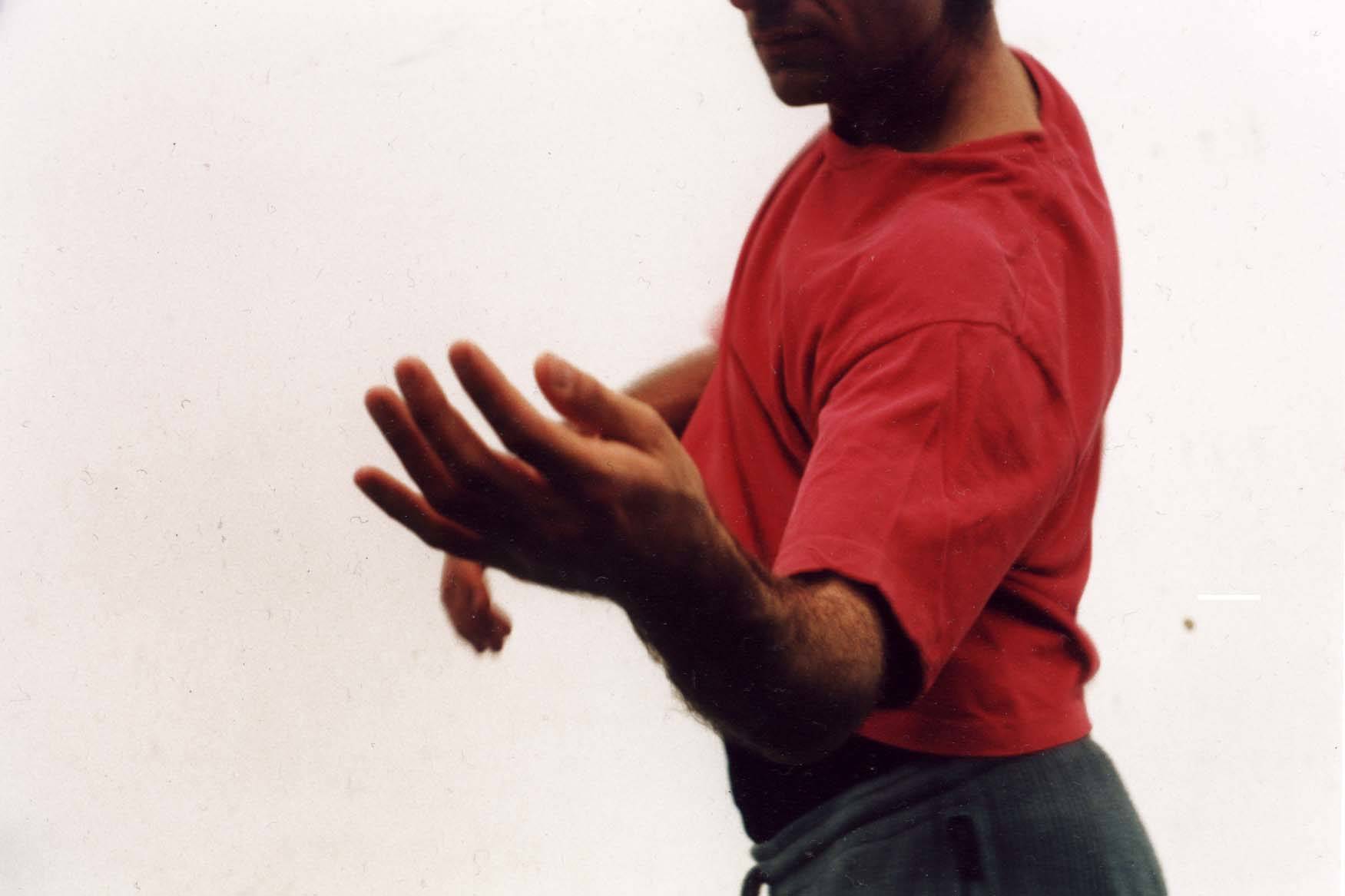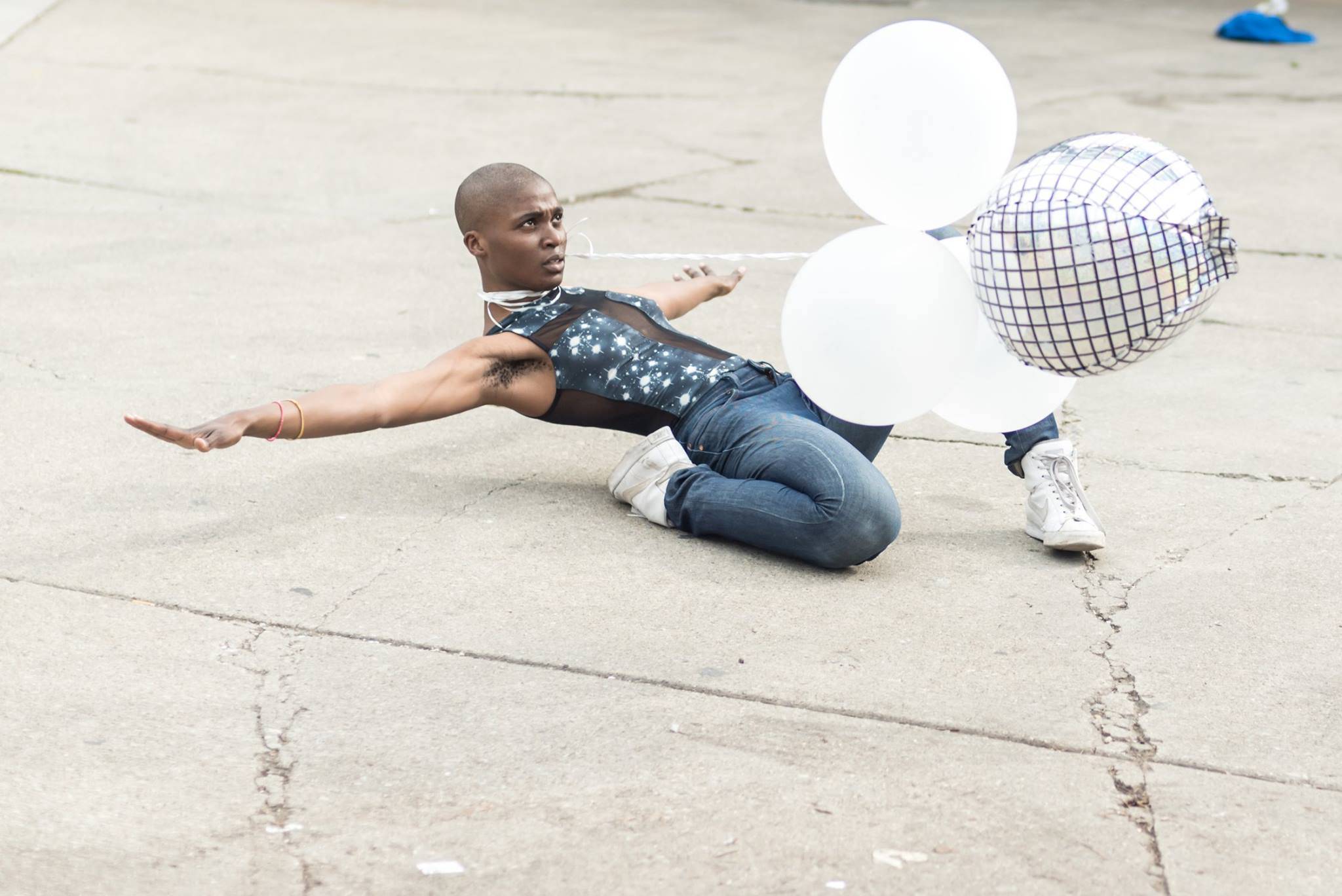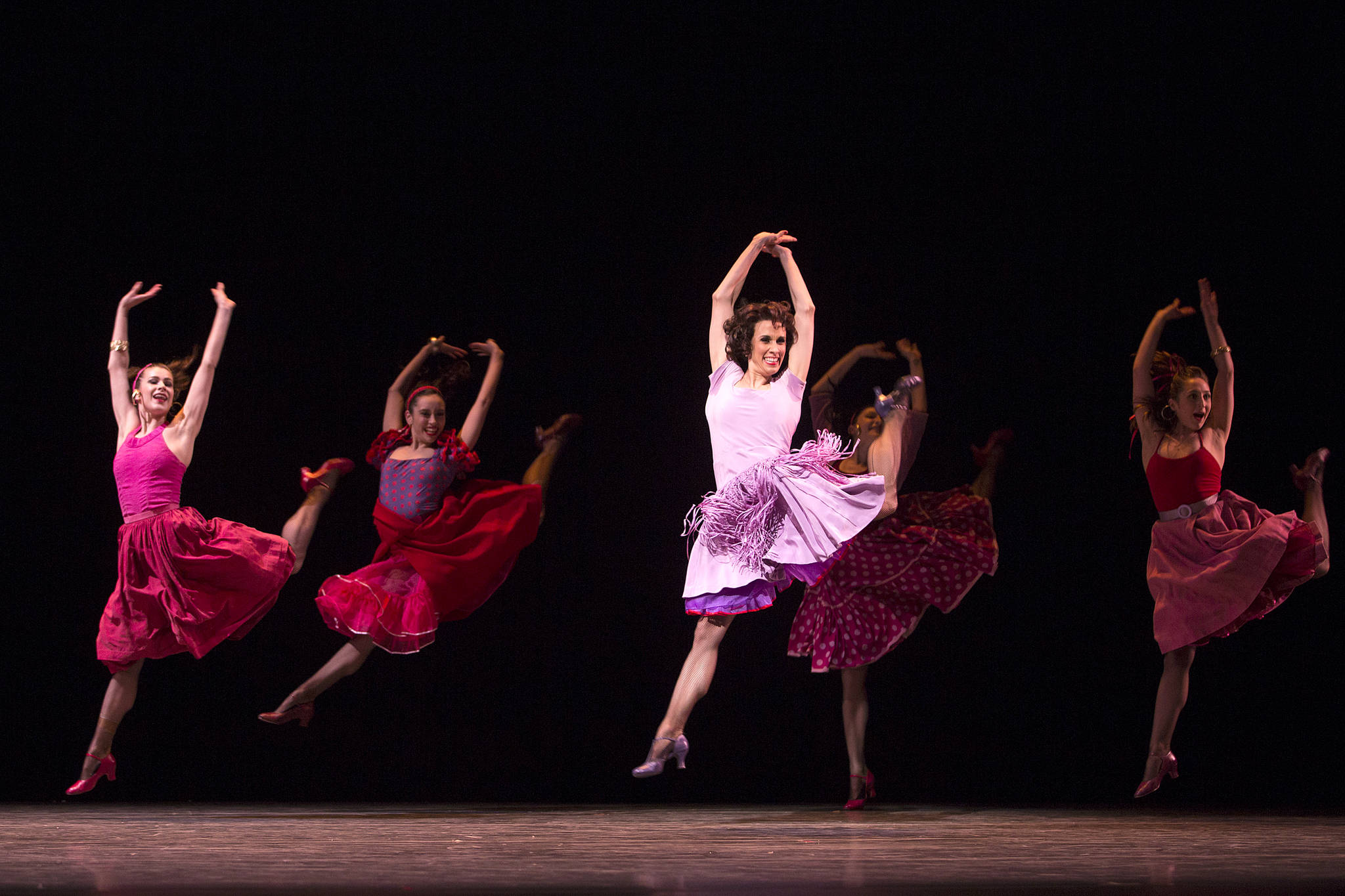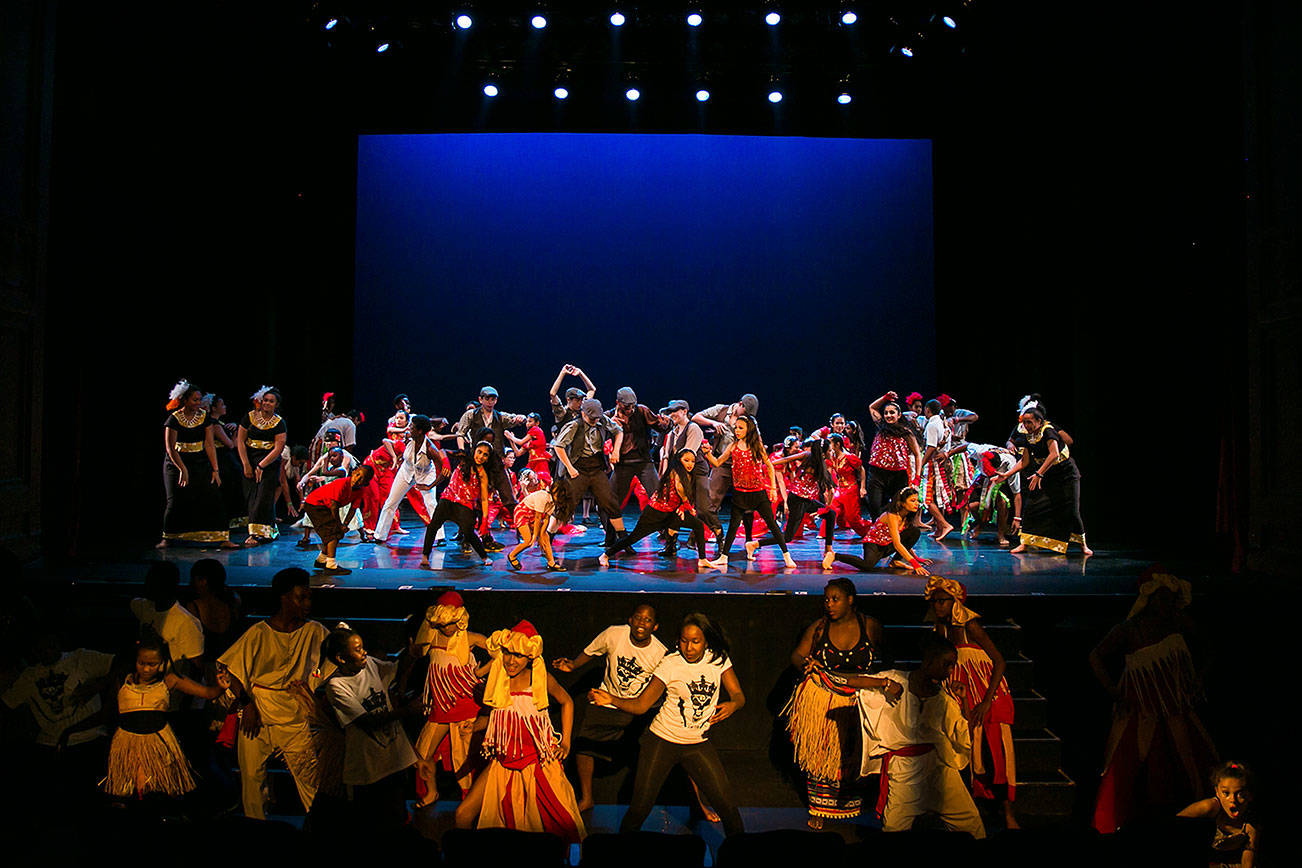PATRICIA BARKER GALA PERFORMANCE
Seattle Center, Opera House, 292-ARTS $20-$75 7 p.m. Fri., Sept. 14
DALE MERRILL 20TH ANNIVERSARY “BATHHOUSE BASH”
Madrona Dance Studio, 800 Lake Washington Blvd., 325-4161 $10, $50, $150 6 p.m. Sat., Sept. 29
MARTHA NISHITANI 4205 University Way N.E., 633-2456
ANNIVERSARIES are like birthdays. They help mark the passage of time and remind us to take a look at our achievements. This is especially true in dance, where a performing career is often quite short—so it’s particularly sweet when someone celebrates a milestone.
Patricia Barker has been dancing with Pacific Northwest Ballet since 1981, and her development from enthusiastic novice to accomplished ballerina has been so fluid it’s been easy to take her skills for granted. Over the past several years, though, as the company has taken an increasingly larger role in the national ballet scene, Barker has become not just a skilled performer, but one of the significant ballerinas of her generation.
Her personal repertory is quite broad, from the postmodern edge of William Forsythe’s choreography to the 19th-century classicism of Marius Petipa, but she is particularly at home in the works of George Balanchine, whose ballets are a significant part of the PNB rep. Her dancing is both sleek and powerful, fulfilling the elegant athleticism of his material. Seeing her in a work such as the pas de deux from Agon, which she’ll perform in her anniversary gala, is like watching a lesson in neoclassical style, where the effortless command of ballet technique serves the exploration of physical potential. Her commitment to the immediacy of the moment focuses our attention as well, so that the lifting of an arm or grasping of a hand becomes the most important thing in the world, for that instant.
RATHER THAN concentrating on performing, Dale Merrill of Spectrum Dance Theater has filled many roles during his 20 years with that company. He’s danced, yes, but he’s also taught, choreographed, and coached; written grants and designed costumes; narrated lecture-demonstrations; and, occasionally, taken out the garbage. During the last two decades he’s helped to shepherd the group from a small ensemble performing a bit of everything to a jazz company with a growing national reputation.
“At the beginning, we all performed in each other’s works—it was the only way we could all get dancers,” he admits. From that early time until their performance last month at the Jazz Dance World Congress in Monterrey, Mexico, Merrill’s role with the company has continued to evolve, but his ambitions have remained steady.
“My main goal has been to involve more people with dance. It isn’t just sitting back and watching pretty dancers dance, although we all love to do that, but getting in there and having that experience. I see kids in the public schools exposed to dance . . . adults going through transitions in their lives, going back to an activity they loved when they were a kid; professionals from the company going from rehearsal to teaching little kids, transferring that energy to them.”
Merrill says he really hadn’t thought much about this anniversary with the company until a friend asked him how long he’d been working with Spectrum, “and I realized I’ve been teaching on Thursday night at 7:30 for 20 years. I’ve been in the same studio for 20 years!”
IN HER University District studio, Martha Nishitani celebrated an even more significant landmark last year: 50 years teaching modern dance to children and adults. She was first exposed to the art form in the 1930s as a student in a groundbreaking program run by Katherine Wolfe through the Seattle Public Schools. Walking to the changing room from a tap class she looked into another studio and saw a group of young women in flowing tunics that rose and fell as the dancers rushed through the space, and immediately thought, “That’s for me!”
Her enthusiasm for the thrill of movement helped carry her through some difficult times, including internment during WWII, but her career has been full of some significant firsts as well. After performing with modern dance pioneer Eleanor King, Nishitani stepped out on her own. She was invited to choreograph for the University of Washington’s Opera Theater in the 1950s and ’60s, working on Gian-Carlo Menotti’s The Unicorn, the Gorgon and the Manticore and an innovative production of C.W. Gluck’s Orpheus, with the singers in the orchestra pit and her dancers onstage.
Like most teachers, she is as proud of her student’s accomplishments as of her own—several of her dancers have gone on to perform for Merce Cunningham, Robert Joffrey, and Mark Morris. In her 80s now, Nishitani has slowed down, but every autumn she still starts a new year at her studio. “It’s the only thing I know how to do and I love doing it. I don’t see any reason why I should stop!” And in a field in which longevity is the exception rather than the rule, the love that these three artists have for dance is a force that has kept them onstage or in the studio all these years.
